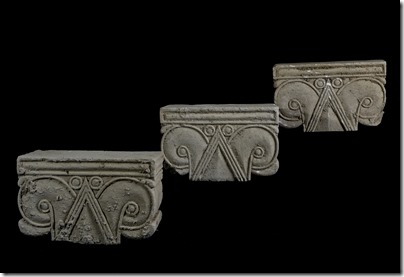“A trove of Phoenician artifacts was long ascribed to a single shipwreck. More likely they were tossed overboard [as votive offerings], and over centuries [7th-3rd c BC], a new study suggests.”
A wildfire recently threatened the Bronze Age site of Mycenae in Greece.
Annie Attia writes about what we know about epidemics in ancient Mesopotamia.
A team of researchers is using new technology to discover erased texts in the library of St. Catherine’s Monastery.
Some scholars are ridiculing Yosef Garfinkel’s theory that an anthropomorphic clay head from Khirbet Qeiyafa depicts the face of God.
Foy Scalf will be lecturing on Tuesday, Sept 8, on “Measuring Time: The Ancient Egyptian Invention of the Clock,” using artifacts from the University of Chicago’s Oriental Institute Museum.
New: A Classical Archaeologist’s Life: The Story so Far: An Autobiography, by John Boardman
The full-length production of “Caesarea by the Sea: Rome’s Capital in Israel” has just been released. As you may recall from the trailers, the video features 3D digital models of King Herod’s city. You can watch the 20-minute documentary for free at the Bible Land Passages website as well as on YouTube.
HT: Agade, Ted Weis, Joseph Lauer
